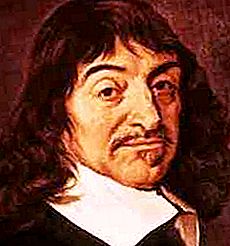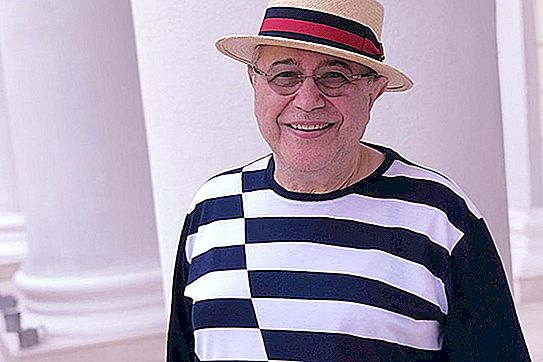Tishinskaya Square is one of the most interesting historical areas of Moscow. The square has been known by this name since the 18th century. This area on the then outskirts of Moscow was called "Silence". This, of course, does not mean that there was no noise. Silence (in this case) is a synonym for a quiet life. From ancient times, hay was sold in this area, and for some time it was called Tishinskaya-Sennaya. In the XIX century, the Tishinsky market was organized on the square. Tishinskaya Square has become one of the favorite places of Muscovites.
Tishinsky market
The territory of the market was a triangle, at one of the peaks of which was the "Georgia" tavern, one side was bounded by Sadovaya, the other by the Zoological Garden. On the third side in the 19th century were vegetable gardens of coachmen. Soon, the market became one of the most famous trading places in Moscow and lasted more than a century.
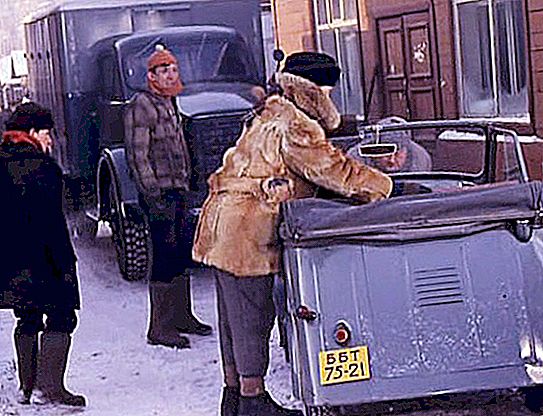
Tishinsky market shot footage of Gaidai’s famous film “Operation Y.” In the late 80s and early 90s, the Tishinsky market turned into a real flea market, a flea market where you could buy anything you like. and things worthy of homeless people, and quite normal clothes. One could also find antiques. In the early nineties, the market was liquidated, and the Tishinsky shopping center was built in its place.
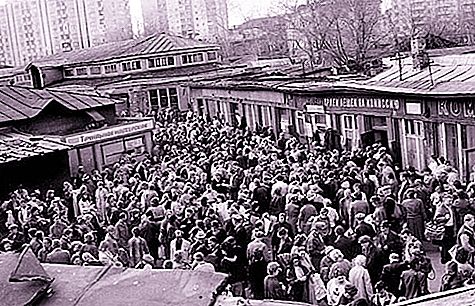
Streets in Tishinki
To Tishinskaya Square adjoin st. Krasina (former Flayer), Electric Lane (former Sokolovsky), Vasilyevskaya.
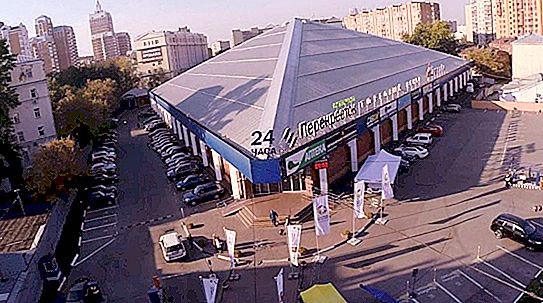
Butchers lived on Staraya Zhivoderka; meat carcasses were carved there. There was a mansion of the poet Pyotr Vyazemsky, a friend of Pushkin. Pushkin visited him. In 1931 the street was renamed in honor of the prominent Bolshevik Leonid Krasin. Krasin was engaged in providing finance search for revolution and organized secret operations. Also on the street Krasina is a branch of the center VILAR, which is engaged in preserving the body of V.I. Lenin constantly monitors his parameters.
Gilyarovsky in the book "Moscow and Muscovites" wrote that the "Dog Hall" was on Zhivodederka. That was the name of the dormitory, where literary Negroes lived. They wrote texts for writers and journalists for little money, and sometimes just for a glass of vodka.
There is a legend that Sokolovsky Lane was so named in honor of Peter Sokolov, the head of the famous gypsy Sokolovsky choir, who performed at the Yar restaurant near the Tverskaya Zastava and was famous throughout Moscow. Gilyarovsky writes that gypsies and artists of the choir lived in the alley. But this is hardly the case. Lane bears the name of the owner of the land of college - assessor Sokolova.

